It’s an uphill battle.
Clearview AI’s facial recognition system has scraped millions of images from Facebook, LinkedIn, and other services. Is there any way to get out of the company’s database?
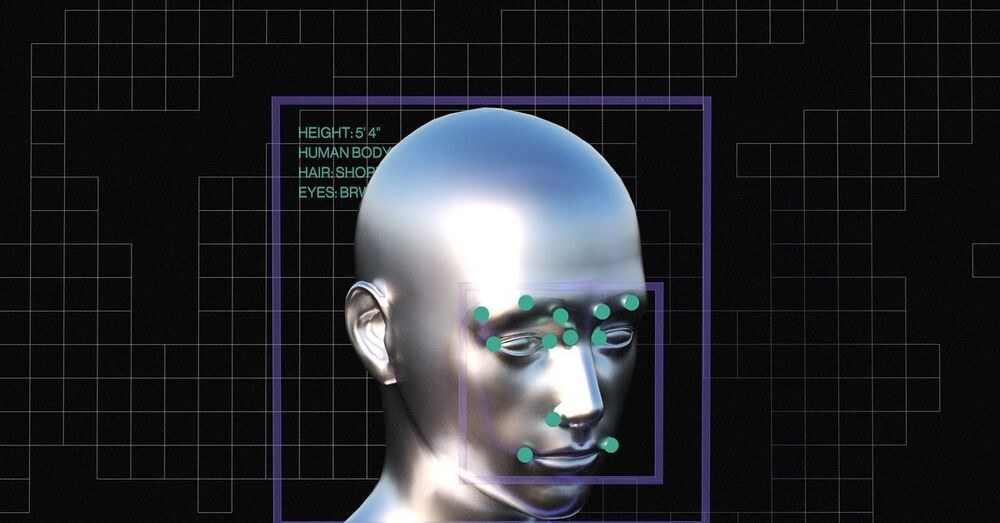
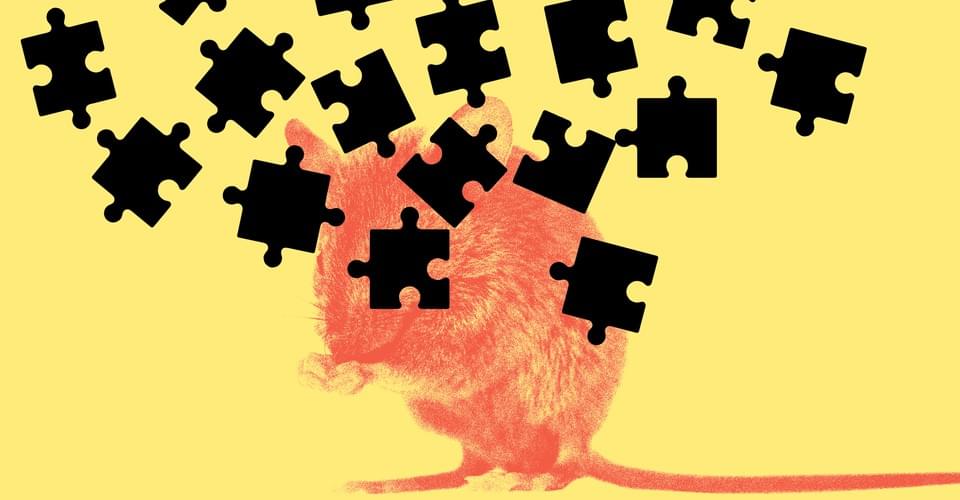
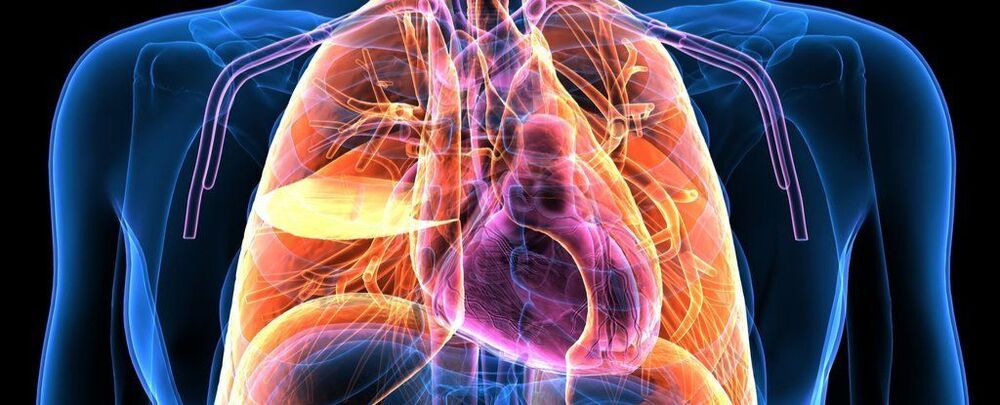
Circa 2017 could be used on smartphones to scan the body for illnesses.
Medical techniques for looking inside our bodies have come a long way, but in the future it looks like doctors may be able to see absolutely everything going on under our skin.
Researchers have invented a new kind of camera that can actually see through structures inside the human body, detecting light sources behind as much as 20 centimetres (7.9 inches) of bodily tissue.
The current prototype, developed by researchers from the University of Edinburgh in the UK, is designed to work in conjunction with endoscopes – long, slender instruments that are often equipped with cameras, sensors and lights to peer inside hollow cavities inside the human body.

A lesson in fluid dynamics.
Could astronauts surf to Mars assisted by a hypersonic shockwave? A new paper in the Journal of Fluid Dynamics suggests it’s a more likely scenario than we think, combining traditional propulsion with a shockwave method for mixing fuel ratios to reach their full explosive potential.
In the new paper, researchers from the University of Southern California investigate the way applying a shockwave helps or hinders how the “scalars,” or different fluids, can mix effectively. Take a leisurely swirl of oxygen and fuel and you might only reach regular supersonic speeds. But add the Nutribullet impact of a shockwave and the oxygen-fuel smoothie could carry you at five times or more the speed of sound, reaching the hypersonic range.
🛰 Space is a trip. Let’s explore it together.

Circa 2020
The behind-the-scenes tales of hit products and creations from Japan: this is Japan’s Top Inventions. This time, an invention that uses magnetic force to help freeze food without destroying its cell structure: a “fresh freezing” system. It was developed by a Japanese venture firm in 1995 as a technology that would help freeze food without altering its flavor. We look into the story behind its creation, inspired in part by microwaves, and learn about the latest versions.
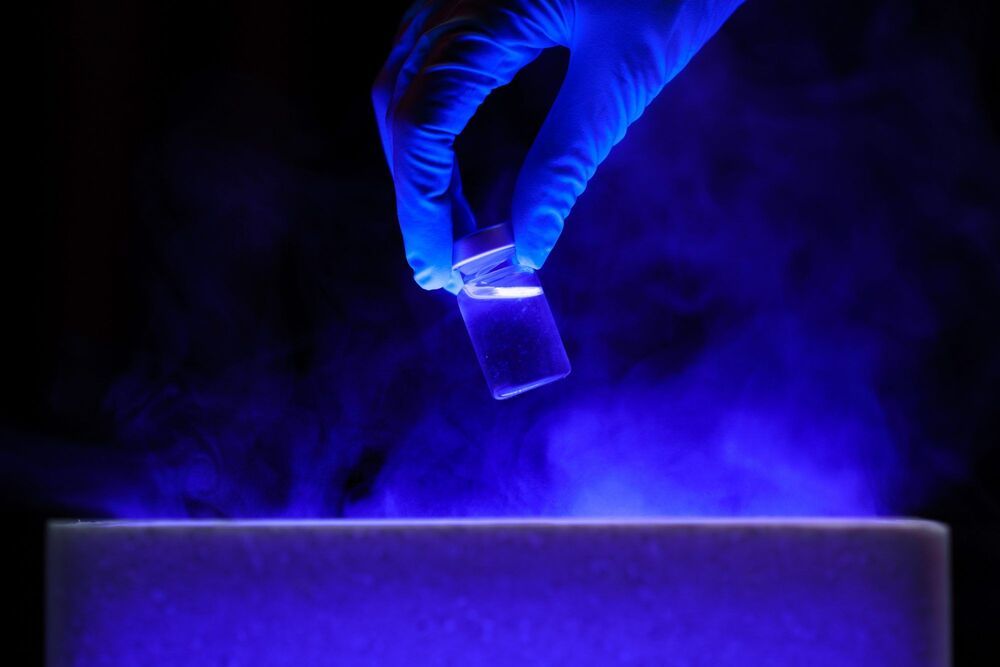
A team at the Viterbi School of Engineering at the University of Southern California have created something that could turn the tide in how fast vaccines come into existence.
They created an AI framework that can significantly speed-up the analysis of COVID vaccine candidates and also find the best preventative medical therapies. This is at a time when more and more COVID mutations are emerging, bringing existing vaccine efficiencies into question.
Virologists are concerned that the mutations will evolve past the first vaccines. The UK even set up a genomic consortium to look solely at where these mutations are cropping up. In the global picture, while some poorer countries wait for access to the vaccine, they become sitting ducks for highly infectious mutations.
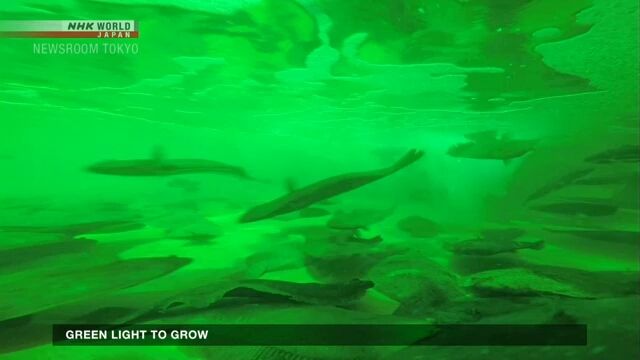
50+ Year Study Of The Life Cycle, Conservation And Welfare Of Africa’s Elephants — Dr. Vicki Fishlock, Ph.D., Resident Scientist, Amboseli Trust for Elephants.
Dr. Vicki Fishlock Ph.D. is a Resident Scientist, at The Amboseli Trust for Elephants (https://www.elephanttrust.org/), an organization that aims to ensure the long-term conservation and welfare of Africa’s elephants in the context of human needs and pressures, through scientific research, training, community outreach, public awareness and advocacy, and which is involved in the longest-running study of wild elephants in the world.
Dr. Fishlock joined The Amboseli Trust for Elephants (ATE) in January 2011 to study social disruption and recovery in elephant families after the terrible 2009 drought. Her work focuses on leadership and negotiation in the face of risk, as well as the very long-term social dynamics.
Prior to working at ATE in Kenya, Dr. Fishlock studied Western gorillas and forest elephants in the Republic of Congo, where she earned her Ph.D. under the supervision of Prof. Phyllis Lee, examining the use of forest clearings as social arenas for elephants.
Dr. Fishlock previously graduated with first class honors in Zoology from the University of Edinburgh. After graduation, she worked as a research assistant at Chester Zoo on behavioral and hormonal indicators of welfare in captive orangutans.

Typically abbreviated as TLS, Transport Layer Security uses strong encryption to prove that an end user is connected to an authentic server belonging to a specific service (such as Google or Bank of America) and not an impostor masquerading as that service. TLS also encrypts data as it travels between an end user and a server to ensure that people who can monitor the connection can’t read or tamper with the contents. With millions of servers relying on it, TLS is a cornerstone of online security.
In a research paper published on Wednesday, Brinkmann and seven other researchers investigated the feasibility of using what they call cross-protocol attacks to bypass TLS protections. The technique involves an MitM attacker redirecting cross-origin HTTP requests to servers that communicate over SMTP, IMAP, POP3, or FTP, or another communication protocol.
The main components of the attack are the client application used by the targeted end user, denoted as C; the server the target intended to visit, denoted as Sint; and the substitute server, a machine that connects using SMTP, FTP, or another protocol that’s different from the one serverint uses but with the same domain listed in its TLS certificate.
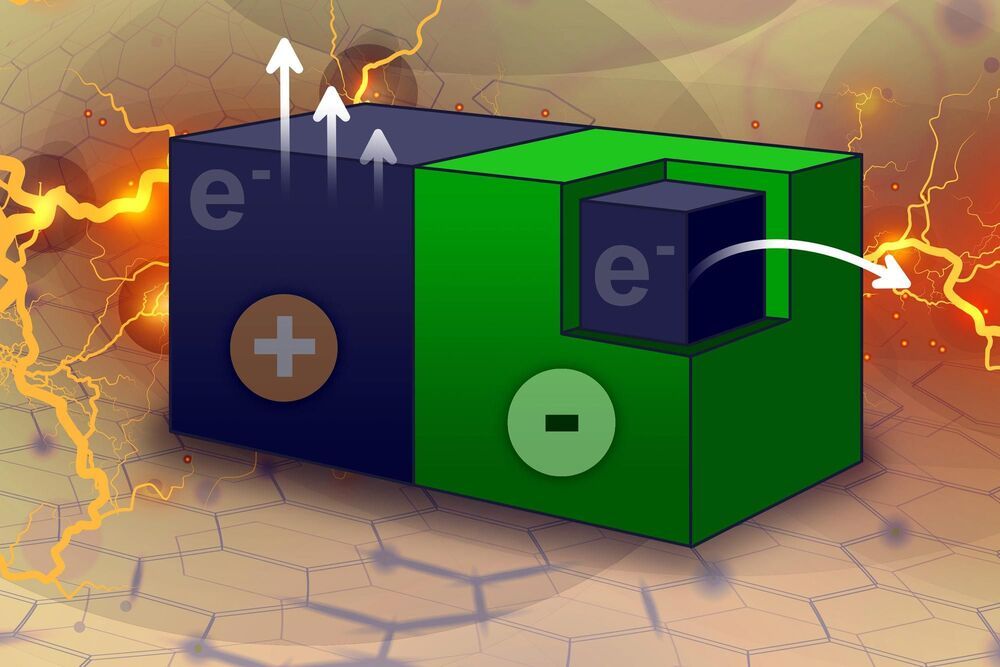
MIT engineers have discovered a way to generate electricity using tiny carbon particles that can create an electric current simply by interacting with an organic solvent in which they’re floating. The particles are made from crushed carbon nanotubes (blue) coated with a Teflon-like polymer (green). Credit: Jose-Luis Olivares, MIT. Based on a figure courtesy of the researchers.
A new material made from carbon nanotubes can generate electricity by scavenging energy from its environment.
MIT engineers have discovered a new way of generating electricity using tiny carbon particles that can create a current simply by interacting with liquid surrounding them.